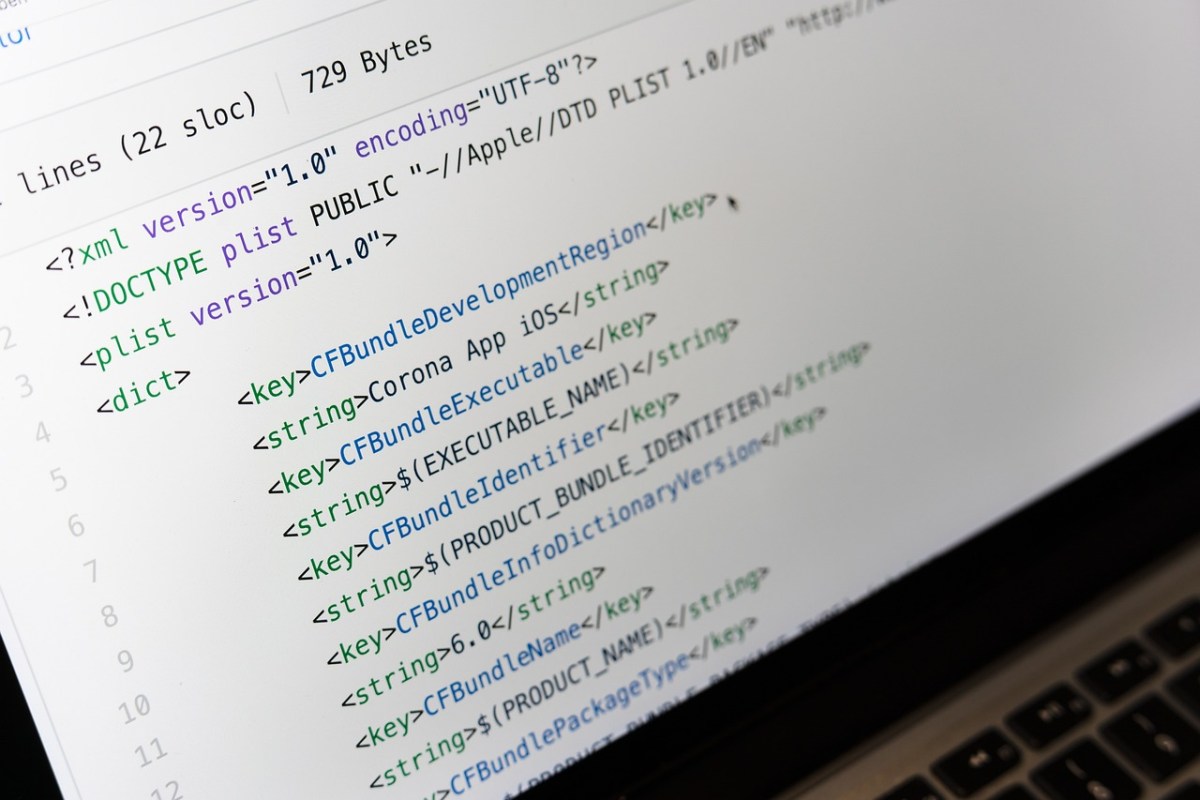What is GitHub?
GitHub is a website for developers. The first part of the name, “Git”, is associated with the use of a version control system, and the second part, “Hub”, is associated with communication between programmers anywhere in the world. In addition, GitHub is one of the world’s largest online collaboration platforms. Here, users share their projects and people from anywhere in the world can work on them at the same time. The main work on the platform is related to software in general, but GitHub is diversifying and attracting other groups that want to benefit from source code control.
What is version control?
Version control is a system that helps track and manage changes made to a file or set of files. Used primarily by software engineers to keep track of modifications made to source code, the version control system allows them to analyze all changes and revert them without repercussions if a mistake is made.
In other words, version control allows developers to work on projects simultaneously. It allows them to make as many changes as they need without infringing on or delaying the work of their colleagues.
If those source code changes mess up the project when they are deployed, GitHub makes it easy to revert them with a few clicks, and the previous version of the project will be restored. In short, version control eliminates the risk and fear of making many mistakes. Instead, it provides the freedom to interact and develop without too much hassle.
How to get started with GitHub?
Understanding GitHub commits
Commits are the name for changes saved on GitHub. Every time you change the feature branch file, you’ll need to make a Commit to keep it. Here’s how to make and commit to a change:
- Access the feature branch by clicking main and selecting your newly created branch from the drop-down menu.
- Click on the “pencil icon” to start editing the file. When you are done, write a brief description of the changes you have made.
- Click Commit changes.
Creating a GitHub Repository
A repository will be the backbone of your project. It can be a file or a collection of files containing code, images, text, or anything else. To begin the process, follow these steps:
- Click Create a repository to start a new project.
- Create a GitHub repository.
- The Owner section will already have your account name.
- Create a repository name.
- Check if it is set to Public to make it open source, then check the Add a README file box.
- Finally, click Create repository.
How to create branches on GitHub?
When creating branches, you create different types of storage. By making changes to the project at the branching stage, the developer can see how it will affect the larger project when it is integrated. This is how you can generate a feature branch:
- Go to your new repository.
- Click the main button and enter the name of your new feature branch.
- Click Create branch.
- Create a branch on GitHub
- Now you have created a feature branch that looks identical to the master branch.
- You can start making changes to it freely without affecting the project.

